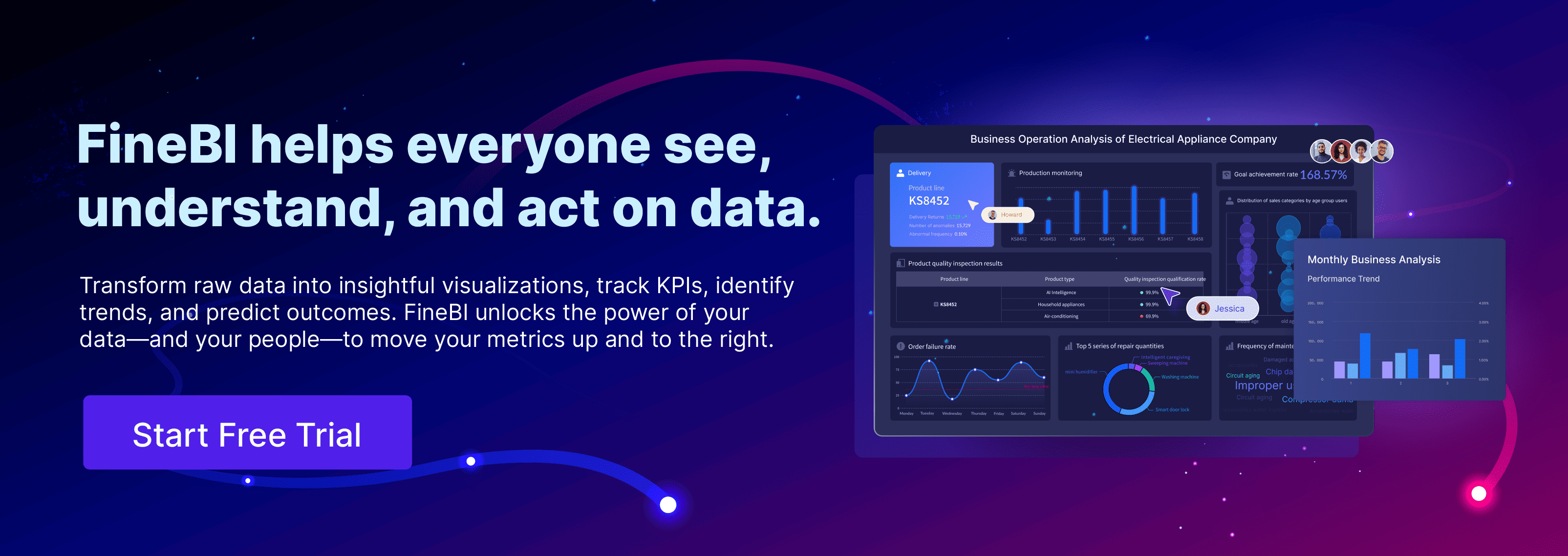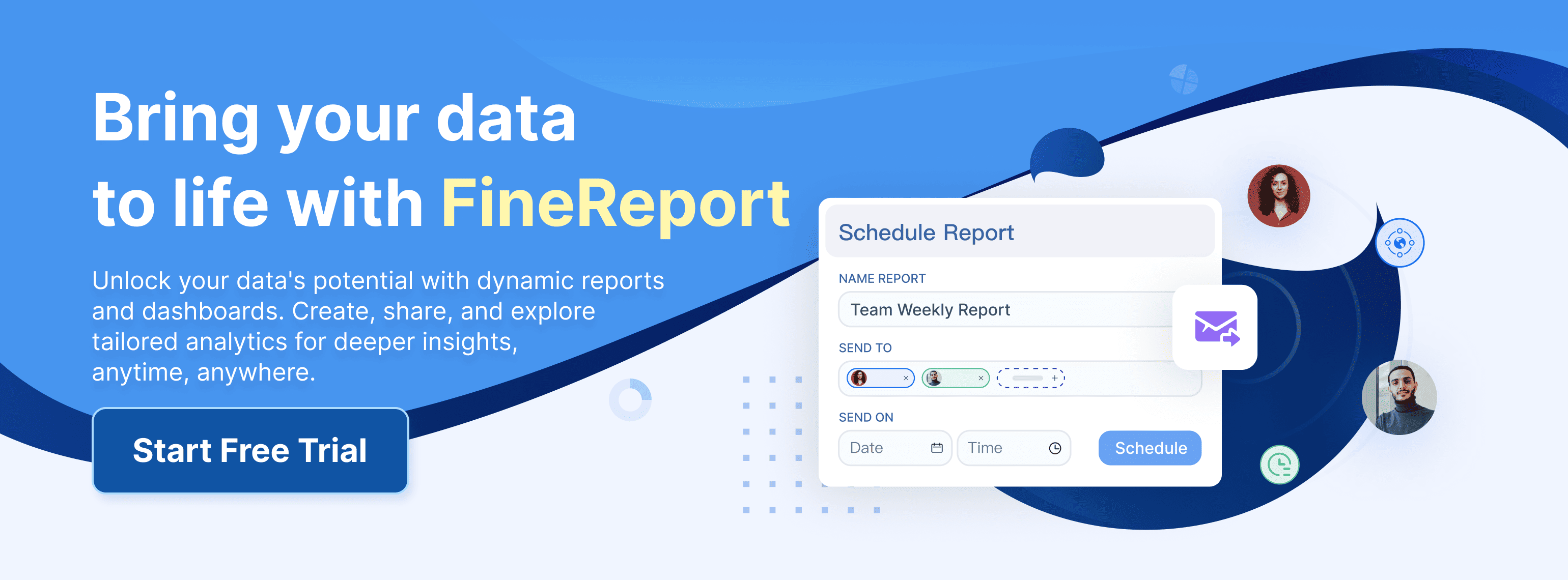Welcome to the world of the Unity dashboard! As a developer, mastering this tool can transform your workflow. You gain the ability to manage projects efficiently and boost productivity. The Unity dashboard offers a user-friendly interface that simplifies complex tasks. By integrating tools like FineReport and FineBI, you can enhance data visualization and analytics. This combination empowers you to make informed decisions quickly. Dive in and discover how these tools can elevate your development experience.

Understanding the Unity Cloud Dashboard
What is the Unity Cloud Dashboard?
The Unity Cloud Dashboard serves as your central hub for managing Unity Gaming Services. It offers a streamlined user interface that simplifies the navigation of various tools and services. This dashboard is designed to help you take full control of your resources, scripts, and projects through a graphical interface. You can preview, create, edit, and delete resources with ease. The dashboard also provides access to Unity's extensive support network, including service statuses, product documentation, and tutorials.
Features and functionalities
The Unity Cloud Dashboard boasts a range of features that enhance your development experience:
- Centralized Management: Manage all your Unity services from one place. This includes Unity Analytics, Cloud Diagnostics, and more.
- User-Friendly Interface: Navigate through a simple and intuitive interface that makes managing your projects a breeze.
- Resource Control: Gain full control over your resources and scripts. You can easily preview, create, edit, and delete them as needed.
- Support Access: Access a wealth of support options, including tutorials, forums, and customer support tickets.
Benefits for developers
For developers, the Unity Cloud Dashboard offers numerous benefits:
- Efficiency: Streamline your workflow by managing all your services in one place.
- Productivity: Boost productivity with easy access to tools and resources.
- Collaboration: Collaborate with team members seamlessly by sharing access to projects and resources.
- Security: Keep your intellectual property safe with centralized administration and user management features.
Setting Up Your Unity Cloud Account
Getting started with the Unity Cloud Dashboard is straightforward. Here's how you can set up your account and begin navigating the dashboard interface.
Creating an account
- Visit the Unity Website: Head over to the Unity website and click on the "Sign Up" button.
- Fill in Your Details: Provide the necessary information, such as your email address and password.
- Verify Your Email: Check your inbox for a verification email from Unity. Click the link to verify your account.
- Log In: Use your credentials to log into the Unity Cloud Dashboard.
Navigating the dashboard interface
Once you're logged in, you'll find the Unity Cloud Dashboard's interface easy to navigate:
- Persistent Navigation Menu: Access tools and spaces anytime during your workflow through the persistent navigation menu.
- Custom Dashboards: Create custom dashboards by selecting 'Custom Dashboards' in the side panel. This allows you to view multiple charts side by side.
- Resource Management: View, edit, and delete game data and custom items directly from the dashboard.
- Integration with Services: Connect your projects to Unity Cloud Services like Analytics and DevOps for enhanced project management.
By mastering the Unity Cloud Dashboard, you can significantly enhance your development process, making it more efficient and productive.
Key Features of the Unity Cloud Dashboard
The Unity dashboard offers a range of features that can transform your development process. Let's dive into some of the key features that make this tool indispensable for developers.
Project Management
Managing projects efficiently is crucial for any developer. The Unity dashboard provides you with the tools to do just that.
Creating and managing projects
- Start New Projects: You can easily create new projects directly from the Unity dashboard. Just click on the "New Project" button, and you're on your way.
- Organize Your Work: Keep your projects organized by categorizing them based on your needs. This helps you find what you need quickly.
- Track Progress: Use the dashboard to monitor the progress of each project. You can see what tasks are completed and what still needs attention.
Collaborating with team members
- Invite Team Members: Add team members to your projects with a few clicks. Collaboration becomes seamless when everyone has access to the same resources.
- Share Resources: Share scripts, assets, and other resources with your team. The Unity dashboard makes it easy to ensure everyone is on the same page.
- Communicate Effectively: Use the built-in communication tools to discuss project details. This keeps everyone informed and reduces misunderstandings.
Build Automation
Automating builds can save you a lot of time and effort. The Unity dashboard provides robust tools for build automation.
Setting up automated builds
- Configure Build Settings: Set up your build configurations directly from the dashboard. Choose your target platforms and other settings with ease.
- Schedule Builds: Schedule automated builds to run at specific times. This ensures that your builds are always up-to-date without manual intervention.
- Reduce Errors: Automated builds help reduce human errors. You can trust that your builds will be consistent every time.
Monitoring build progress
- Real-Time Updates: Get real-time updates on your build progress. The Unity dashboard shows you exactly where your build stands at any moment.
- Identify Issues Quickly: If a build fails, you can quickly identify the issue. The dashboard provides detailed logs to help you troubleshoot.
- Optimize Performance: Use the insights from your build progress to optimize performance. Make adjustments as needed to improve efficiency.
The Unity dashboard empowers you to manage projects and automate builds effectively. By leveraging these features, you can enhance your productivity and streamline your development process.
Utilizing Analytics and Insights of Unity Cloud Dashboard
The Unity dashboard is more than just a tool for managing projects. It offers powerful analytics and insights that can transform how you understand and improve your games. Let's explore how you can make the most of these features.

Accessing Analytics
The Unity dashboard provides you with access to a wealth of analytics. These insights can help you understand your users better and make informed decisions.
Understanding user data
When you dive into the analytics section of the Unity dashboard, you'll find detailed user data. This data includes information about user behavior, engagement, and preferences. By analyzing this data, you can identify patterns and trends. For example, you might discover which features are most popular or where users tend to drop off. This understanding allows you to tailor your game to meet user needs better.
Leveraging insights for improvement
Once you have a grasp on your user data, the next step is leveraging these insights for improvement. The Unity dashboard makes it easy to track key performance indicators (KPIs) and set goals for your projects. You can use this information to make data-driven decisions. For instance, if you notice a decline in user engagement, you can experiment with new features or updates to re-engage your audience. The dashboard's streamlined UI and personalized experience make accessing and utilizing these insights straightforward.

Customizing Reports
The Unity dashboard doesn't just provide analytics; it also allows you to customize reports. This feature is invaluable for sharing insights with your team and stakeholders.
Creating custom reports
Creating custom reports on the Unity dashboard is a breeze. You can select the data points that matter most to your project and organize them into a cohesive report. This customization ensures that you focus on the metrics that align with your goals. Whether you're tracking user acquisition, retention, or monetization, the dashboard lets you tailor reports to your specific needs.
Sharing insights with stakeholders
Once you've created your custom reports, sharing them with stakeholders is simple. The Unity dashboard offers options to export reports in various formats, making it easy to distribute them to your team or clients. Sharing these insights fosters collaboration and ensures everyone is on the same page. It also helps stakeholders understand the impact of your decisions and the progress of your projects.
By utilizing the analytics and insights of the Unity dashboard, you can gain a deeper understanding of your users and make informed decisions to enhance your games. Customizing reports further empowers you to communicate these insights effectively, driving collaboration and success.
Integrating with Other Unity Cloud Dashboard Tools
The Unity Cloud Dashboard isn't just a standalone tool. It offers seamless integration with various third-party tools and APIs, enhancing your development experience. Let's explore how you can leverage these integrations to maximize the potential of your projects.
Third-Party Integrations
Integrating third-party tools with the Unity dashboard can significantly enhance your workflow. These integrations allow you to extend the functionality of the dashboard, making it a more powerful tool for your development needs.
Popular integrations
- Analytics Tools: Connect with popular analytics platforms to gain deeper insights into user behavior and game performance. This helps you make data-driven decisions.
- Collaboration Software: Integrate with collaboration tools like Slack or Trello. This keeps your team connected and informed about project updates.
- Version Control Systems: Use systems like GitHub or Bitbucket to manage your code versions directly from the Unity dashboard. This ensures that your codebase remains organized and accessible.
Setting up integrations
Setting up integrations on the Unity dashboard is straightforward:
- Navigate to Integrations: Access the integrations section from the dashboard's main menu.
- Select Your Tool: Choose the third-party tool you wish to integrate. The dashboard provides a list of supported tools.
- Follow Instructions: Each tool comes with specific setup instructions. Follow these to complete the integration process.
- Test the Integration: Once set up, test the integration to ensure everything works smoothly. This step is crucial for maintaining a seamless workflow.
API Access
The Unity dashboard provides a well-documented API, allowing you to automate tasks and manage assets efficiently. This API access opens up a world of possibilities for developers looking to streamline their processes.
Using the Unity Cloud API
The Unity Cloud API is your gateway to automating and managing your projects:
- Access Documentation: Start by reviewing the API documentation available on the Unity website. This resource provides detailed information on how to use the API effectively.
- Implement API Calls: Use the API to perform tasks such as retrieving project data, updating resources, or managing user permissions. The API's simplicity makes it easy to integrate into your existing workflows.
- Monitor API Usage: Keep track of your API usage to ensure you stay within any limits. Monitoring helps you optimize your API calls for better performance.
Automating tasks with API
Automation is a key benefit of using the Unity Cloud API:
- Schedule Tasks: Automate repetitive tasks like data backups or report generation. This saves time and reduces the risk of human error.
- Trigger Events: Set up triggers for specific events, such as sending notifications when a build completes. This keeps your team informed and responsive.
- Optimize Workflows: Use the API to streamline your development pipeline. Automating tasks allows you to focus on more critical aspects of your projects.
By integrating third-party tools and utilizing the Unity Cloud API, you can unlock the full potential of the Unity dashboard. These integrations and automations enhance your productivity, making your development process more efficient and effective.
Troubleshooting Common Issues of Unity Cloud Dashboard
Navigating the Unity dashboard can sometimes present challenges. But don't worry! You can tackle these issues with a bit of guidance and some handy tips. Let's dive into common errors and how to fix them, along with best practices to keep your Unity dashboard running smoothly.
Common Errors and Solutions
When working with the Unity dashboard, you might encounter some error messages. Understanding these errors and knowing how to address them can save you time and frustration.
Error messages and fixes
- Login Issues: If you can't log in, double-check your credentials. Ensure your internet connection is stable. If the problem persists, try resetting your password.
- Resource Loading Errors: Sometimes, resources fail to load. Clear your browser cache and refresh the page. This often resolves loading issues.
- Build Failures: If a build fails, review the error logs provided by the Unity dashboard. These logs offer clues about what went wrong. Common causes include missing assets or incorrect build settings.
- API Access Problems: Ensure your API keys are correct and have the necessary permissions. Check the Unity Cloud API documentation for guidance on setting up access.
Support resources
If you need additional help, Unity offers a variety of support resources:
- Unity Forums: Engage with the community to find solutions and share experiences.
- Documentation: Access detailed guides and tutorials on the Unity website.
- Customer Support: Reach out to Unity's support team for personalized assistance.
Best Practices for Avoiding Issues
Preventing problems before they occur is always better than fixing them afterward. Here are some best practices to help you avoid common pitfalls with the Unity dashboard.
Regular maintenance tips
- Routine Checks: Regularly check your project settings and configurations. This helps catch potential issues early.
- Backup Data: Always back up your data. Use cloud storage or external drives to ensure you don't lose important information.
- Monitor Performance: Keep an eye on your project's performance metrics. The Unity dashboard provides tools to track and optimize performance.
Keeping software updated
- Update Regularly: Ensure your Unity software and dashboard are up-to-date. Updates often include bug fixes and new features that enhance stability.
- Review Release Notes: Before updating, review the release notes. This helps you understand what changes to expect and how they might impact your projects.
- Test Updates: Test updates in a controlled environment before applying them to your main projects. This minimizes the risk of unexpected issues.
By following these troubleshooting tips and best practices, you can maintain a smooth and efficient workflow with the Unity dashboard. Remember, staying proactive and informed is key to avoiding common issues and ensuring a seamless development experience.
Advanced Tips and Tricks of Unity Cloud Dashboard
Ready to take your skills with the Unity dashboard to the next level? Let's dive into some advanced tips and tricks that can help you optimize performance and uncover hidden features. These insights will make your experience smoother and more efficient.
Optimizing Dashboard Performance
Boosting the performance of your Unity dashboard can save you time and enhance your workflow. Here are some ways to speed up processes and improve user experience.
Speeding up processes
- Streamline Your Workflow: Organize your projects and resources efficiently. Use folders and labels to keep everything in order. This organization helps you find what you need quickly, reducing the time spent searching.
- Limit Open Tabs: Keep only essential tabs open on your dashboard. Too many open tabs can slow down performance. Close unnecessary ones to maintain speed.
- Use Keyboard Shortcuts: Familiarize yourself with keyboard shortcuts. They allow you to navigate the dashboard swiftly without relying on the mouse. This practice speeds up your tasks significantly.
Enhancing user experience
- Customize Your Layout: Adjust the dashboard layout to suit your preferences. Move panels and widgets around to create a setup that feels intuitive to you. A personalized layout enhances your interaction with the dashboard.
- Enable Dark Mode: If available, switch to dark mode. It reduces eye strain during long work sessions and can make the interface easier to read.
- Regularly Update Software: Keep your Unity dashboard software up-to-date. Updates often include performance improvements and new features that enhance user experience.
Hidden Features and Shortcuts
The Unity dashboard is packed with features that aren't immediately obvious. Discovering these hidden gems can make your work more efficient.
Lesser-known functionalities
- Custom Dashboards: Create custom dashboards tailored to your specific needs. This feature allows you to display only the information relevant to your projects, making it easier to focus on what's important.
- Resource Monitoring: Use the dashboard to monitor resource usage in real-time. This functionality helps you identify bottlenecks and optimize resource allocation.
- Automated Alerts: Set up automated alerts for critical events. Receive notifications when certain conditions are met, keeping you informed without constant monitoring.
Time-saving shortcuts
- Quick Access Toolbar: Add frequently used tools to the quick access toolbar. This shortcut provides instant access to essential functions, saving you time.
- Drag-and-Drop Functionality: Use drag-and-drop to move files and resources within the dashboard. This method simplifies organization and speeds up your workflow.
- Search Function: Utilize the search function to locate projects, resources, or settings quickly. This tool eliminates the need to navigate through multiple menus.
By implementing these advanced tips and tricks, you can unlock the full potential of the Unity dashboard. You'll work more efficiently, save time, and enhance your overall experience. Dive in and explore these features to elevate your development process.
Future Developments and Updates of Unity Cloud Dashboard
The Unity dashboard continues to evolve, bringing exciting new features and updates that enhance your development experience. Staying informed about these changes ensures you can make the most of the dashboard's capabilities.
Upcoming Features
Expected updates
Unity is constantly working on improving the dashboard to meet your needs. Some of the expected updates include:
- Centralized Administration: Manage seats, organization members, licenses, billing, and integrations all in one place. This centralization streamlines your workflow and makes managing your resources easier.
- Single Sign-On (SSO): Simplify your login process with SSO. This feature enhances security and convenience by allowing you to access multiple services with a single set of credentials.
- Enhanced Reporting: Look forward to improved reporting features that provide deeper insights into your projects. These updates will help you track usage and performance more effectively.
How to prepare for changes
To prepare for these updates, you should:
- Stay Informed: Regularly check the Unity dashboard for announcements about upcoming features. This keeps you in the loop and ready for any changes.
- Review Documentation: Familiarize yourself with the updated documentation. Understanding new features ensures you can implement them smoothly.
- Test New Features: When updates roll out, test them in a controlled environment. This helps you understand their impact on your projects before full implementation.
Staying Informed
Keeping up with the latest developments in the Unity dashboard is crucial for maximizing its potential.
Following Unity announcements
Unity provides several resources to help you stay informed:
- Unity Blog: Follow the Unity blog for detailed articles about new features and updates. These posts often include tips and best practices for using the dashboard effectively.
- Release Notes: Review release notes for each update. They provide a comprehensive overview of changes and improvements, helping you understand how they affect your workflow.
Engaging with the community
Engaging with the Unity community offers valuable insights and support:
- Forums: Participate in Unity forums to connect with other developers. Share experiences, ask questions, and learn from others who use the Unity dashboard.
- Feedback: Provide feedback on new features. Your input helps shape future developments and ensures the dashboard meets your needs.
By staying informed and engaging with the community, you can leverage the full power of the Unity dashboard. These strategies keep you ahead of the curve and ready to take advantage of new opportunities.
Leveraging FineReport and FineBI for Unity Cloud Dashboard
The Unity dashboard is a powerful tool for game development, but integrating it with FineReport and FineBI can take your data visualization and analytics to the next level. Let's explore how these tools can enhance your experience and streamline your workflow.
Enhancing Data Visualization
Data visualization plays a crucial role in understanding complex information. With FineReport and FineBI, you can transform raw data into insightful visuals that drive better decision-making.
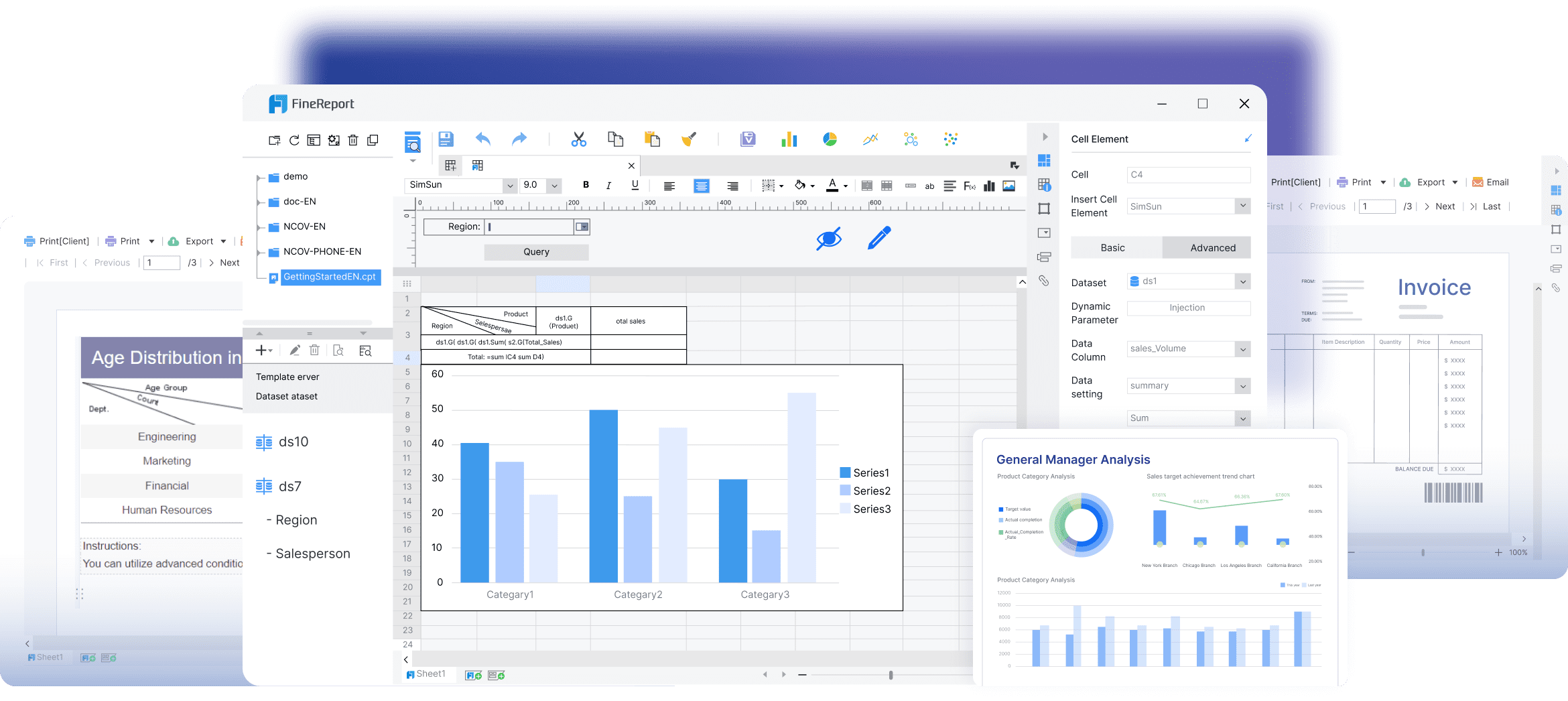
Using FineReport for detailed reports
- Create Comprehensive Reports: FineReport allows you to design detailed reports with ease. Its drag-and-drop interface lets you organize data into clear, concise formats. You can generate pixel-perfect documents that present your data accurately.
- Interactive Dashboards: Use FineReport to build interactive dashboards. These dashboards provide real-time insights, helping you monitor key metrics and trends. You can customize them to display the most relevant information for your projects.
- Seamless Integration: Integrate FineReport with the Unity dashboard to access your game data effortlessly. This integration ensures that your reports are always up-to-date and aligned with your development goals.
Integrating FineBI for analytics
- Advanced Analytics: FineBI offers advanced analytics capabilities that enhance your understanding of user behavior and game performance. It transforms complex data into easy-to-understand visualizations.
- Predictive Insights: Use FineBI to identify trends and predict future outcomes. This foresight allows you to make proactive decisions that improve your game's success.
- Collaborative Analysis: Share insights with your team using FineBI. Its collaborative features enable you to work together on data analysis, ensuring everyone is on the same page.
Streamlining Data Integration
Integrating data from various sources can be challenging, but FineReport and FineBI simplify this process. They ensure that your data is cohesive and accessible, enhancing your development workflow.
Connecting Unity data with FineReport
- Unified Data Access: Connect your Unity dashboard data with FineReport to create a unified platform for analysis. This connection allows you to pull data from multiple sources and present it in a single report.
- Real-Time Updates: FineReport supports real-time data updates, ensuring that your reports reflect the latest information. This feature is crucial for making timely decisions based on current data.
- Customizable Reports: Tailor your reports to meet specific needs. FineReport provides flexibility in report design, allowing you to focus on the metrics that matter most to your projects.
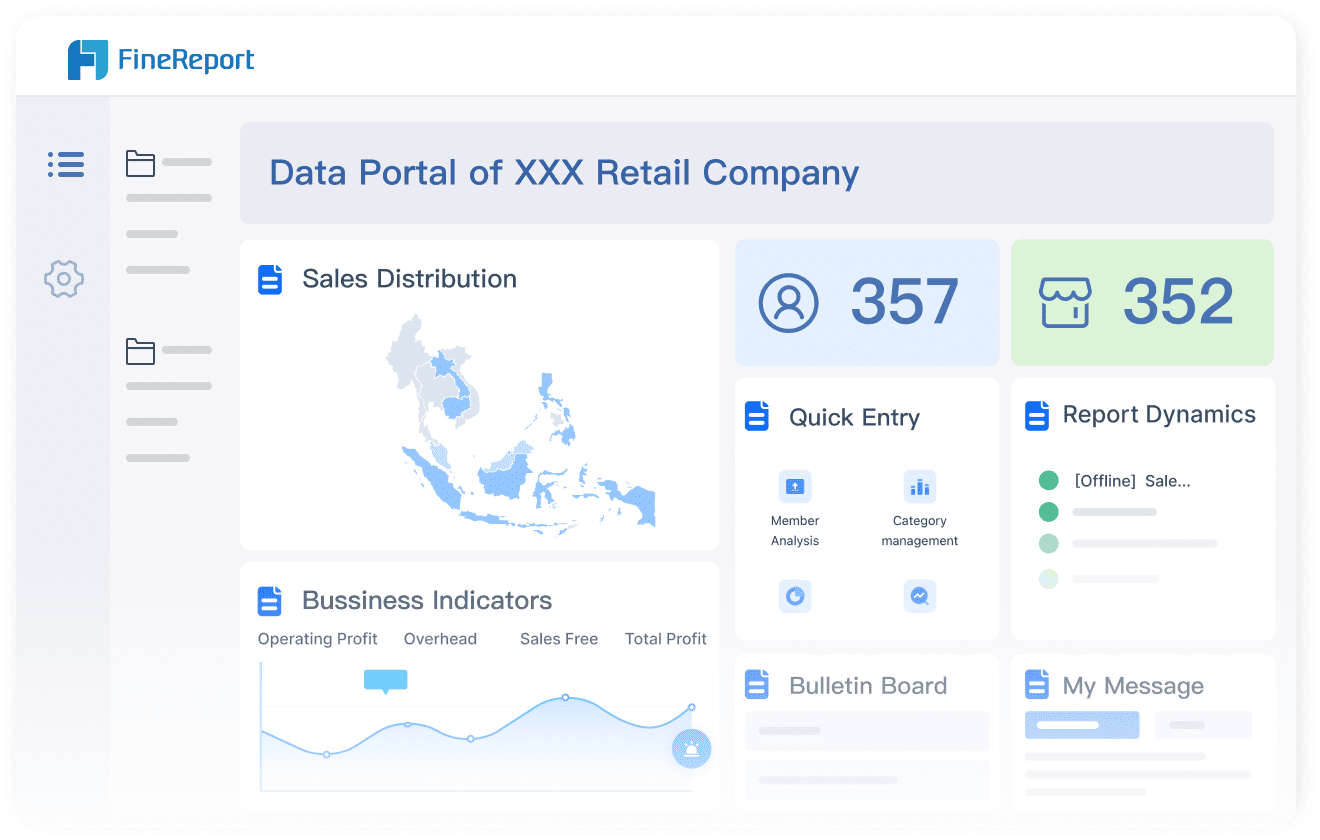
Utilizing FineBI for comprehensive analysis
- Data Integration: FineBI excels at integrating data from diverse sources. It consolidates information into a single platform, making it easier to analyze and interpret.
- Role-Based Access: Control who can access your data with FineBI's role-based permissions. This feature ensures that sensitive information remains secure while allowing team members to collaborate effectively.
- Enhanced Decision-Making: Use FineBI to conduct comprehensive analyses that inform your strategic decisions. Its powerful analytics tools provide the insights you need to optimize your game development process.
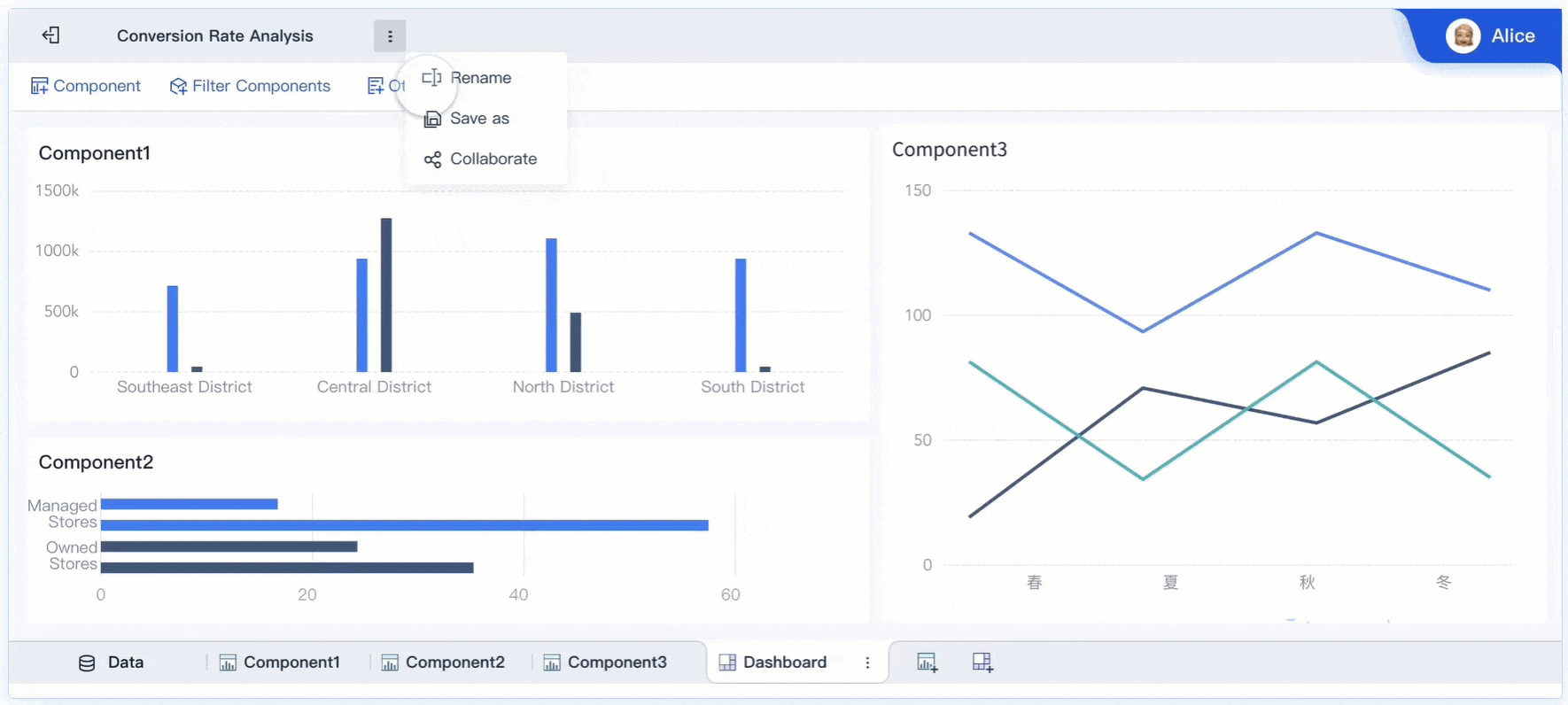
By leveraging FineReport and FineBI with the Unity dashboard, you can enhance your data visualization and streamline data integration. These tools empower you to make informed decisions, driving the success of your projects.
You've explored the Unity Cloud Dashboard and its powerful features. This tool offers you full control over resources and scripts through a user-friendly interface. By mastering it, you can enhance your development process and ensure smooth gameplay experiences. The dashboard's API and SDK make asset management a breeze. Dive deeper into its capabilities and unlock new levels of productivity. Embrace the Unity Cloud Dashboard to transform your workflow and achieve greater success in your projects.
Continue Reading About Dashboard
How to Quickly Build a Core App Dashboard
Store Performance Dashboard: Your Retail Command Center
Dynamic Dashboard: A Game Changer for Data Analysis
Master the Square Dashboard in Easy Steps
How to Design a Client Dashboard That Delivers Results
Draft Dashboard Review - Is It the Ultimate DFS Tool?
Mastering the Blooket Dashboard for Optimal Classroom Engagement
FAQ

The Author
Lewis
Senior Data Analyst at FanRuan
Related Articles

What is a Call Center Dashboard and Why Does It Matter
A call center dashboard centralizes real-time metrics, helping you boost agent performance, customer satisfaction, and operational efficiency.
Lewis
Sep 29, 2025

What is a Reporting Dashboard and How Does it Work
A reporting dashboard displays real-time business metrics, visualizes data, and streamlines decision-making with interactive charts and KPIs.
Lewis
Sep 28, 2025
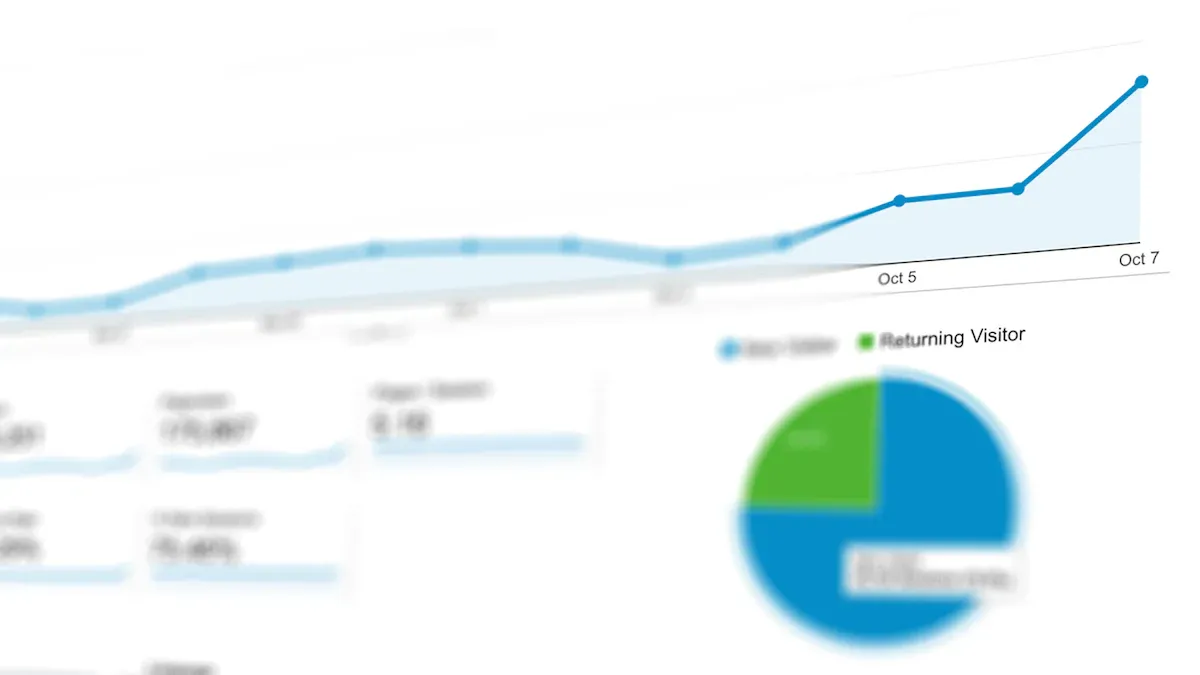
What is An Interactive Dashboard and How Does It Work
An interactive dashboard lets you filter, drill down, and visualize data in real time, making analysis and decision-making faster and easier.
Lewis
Sep 28, 2025
